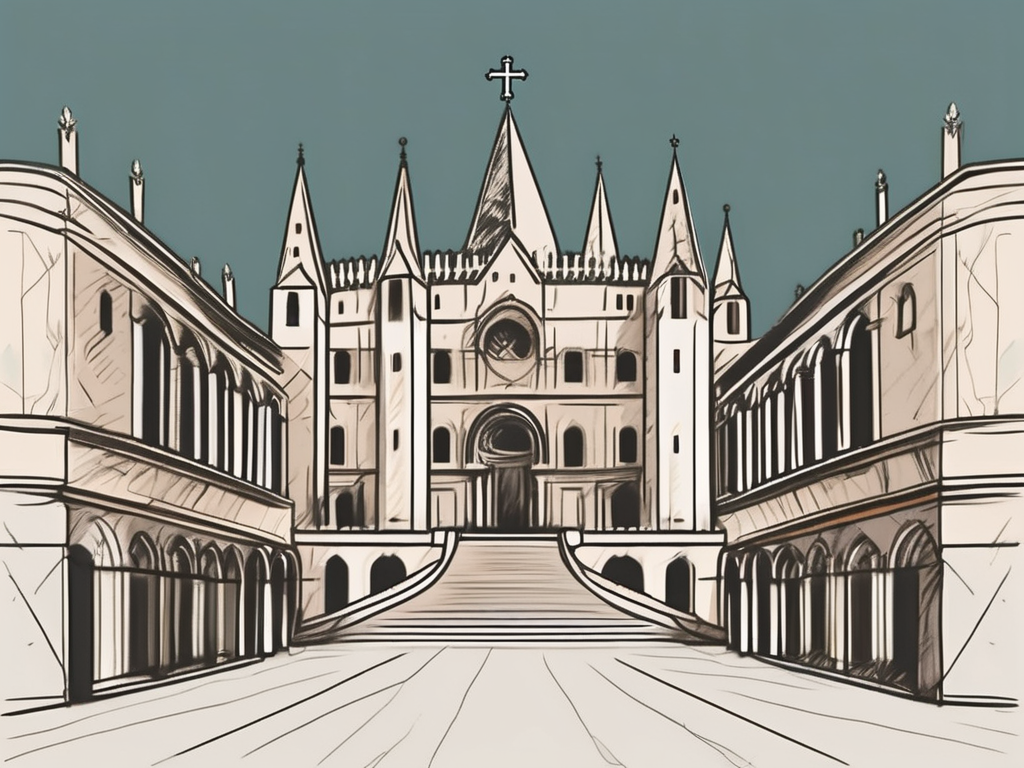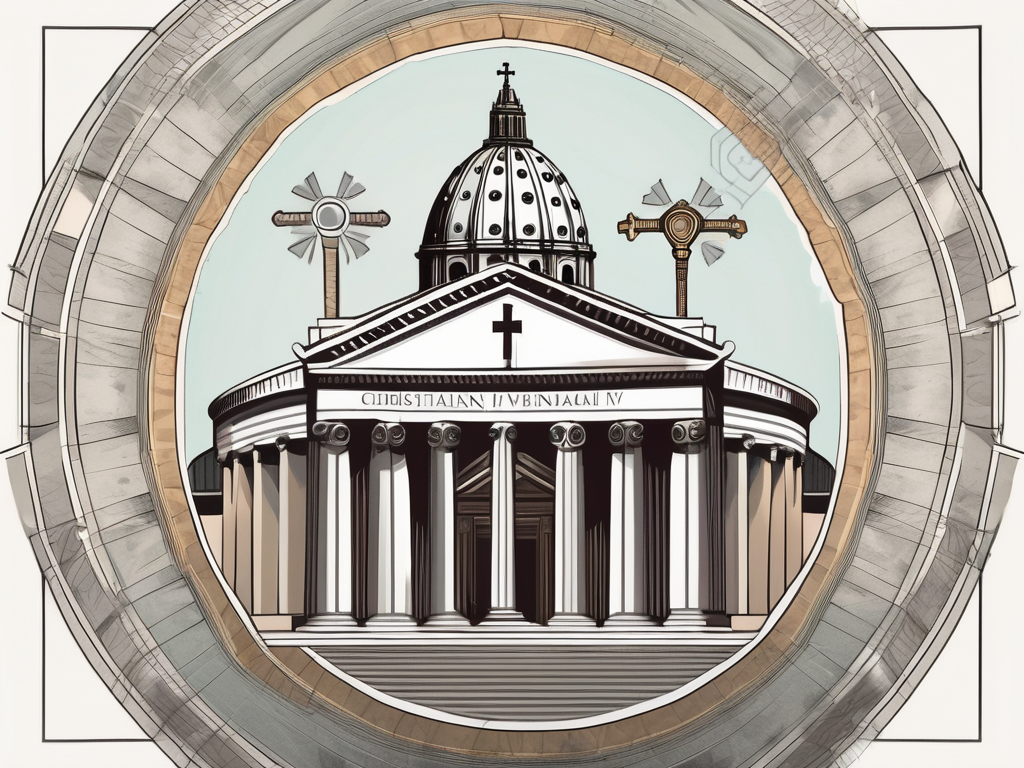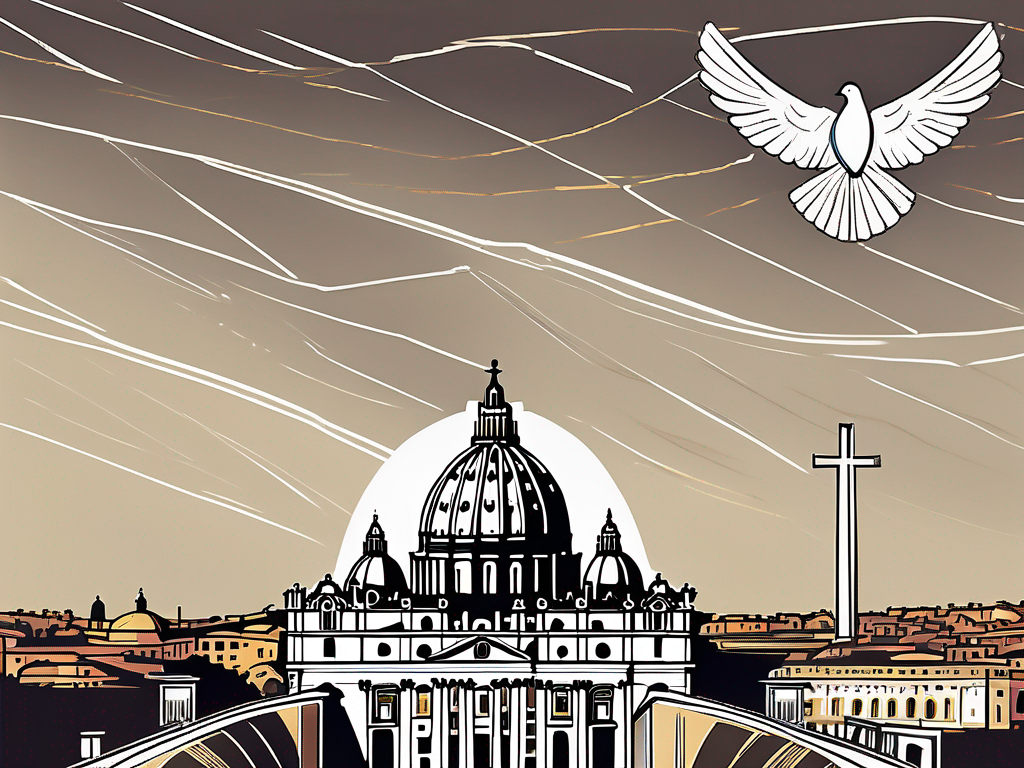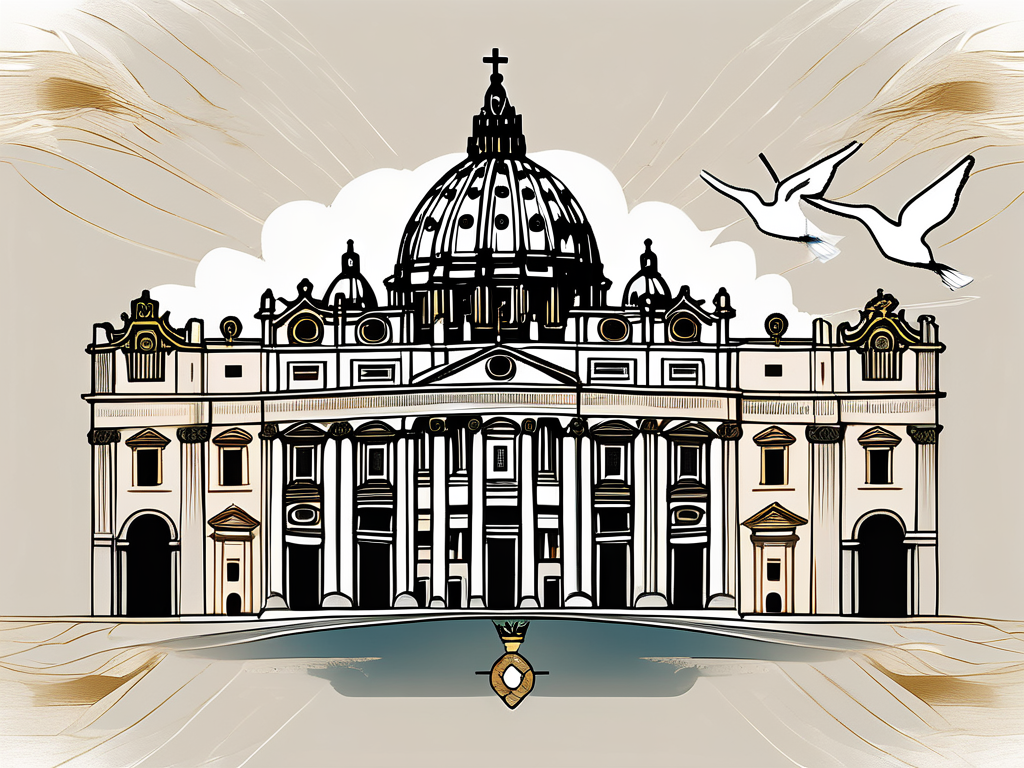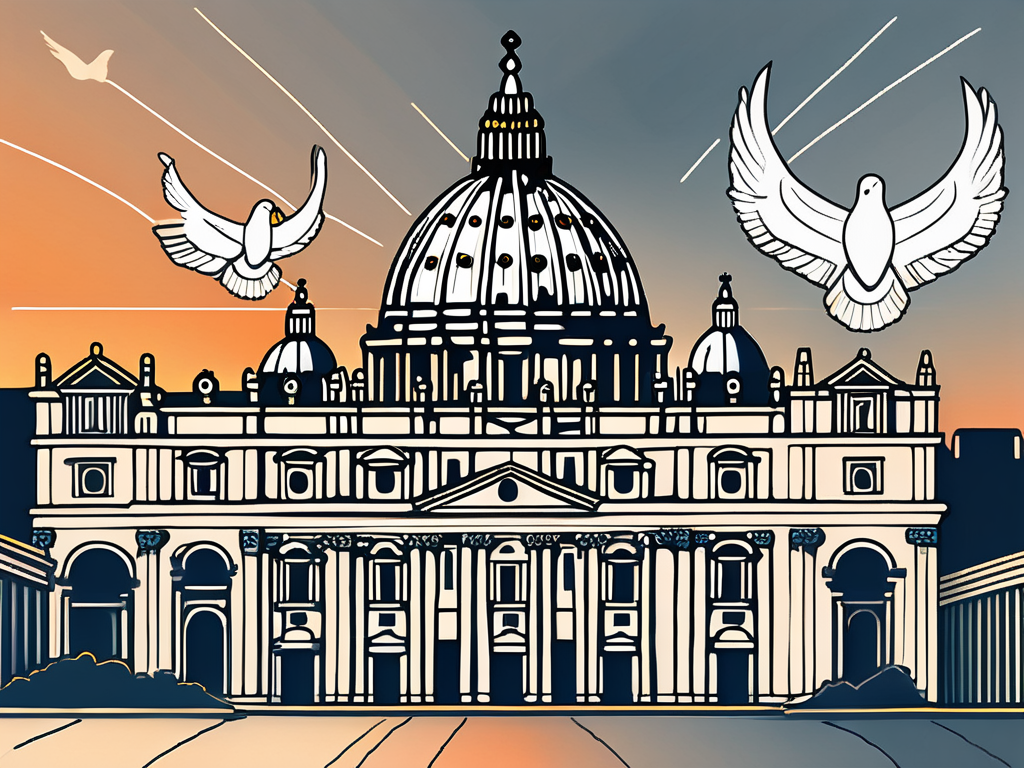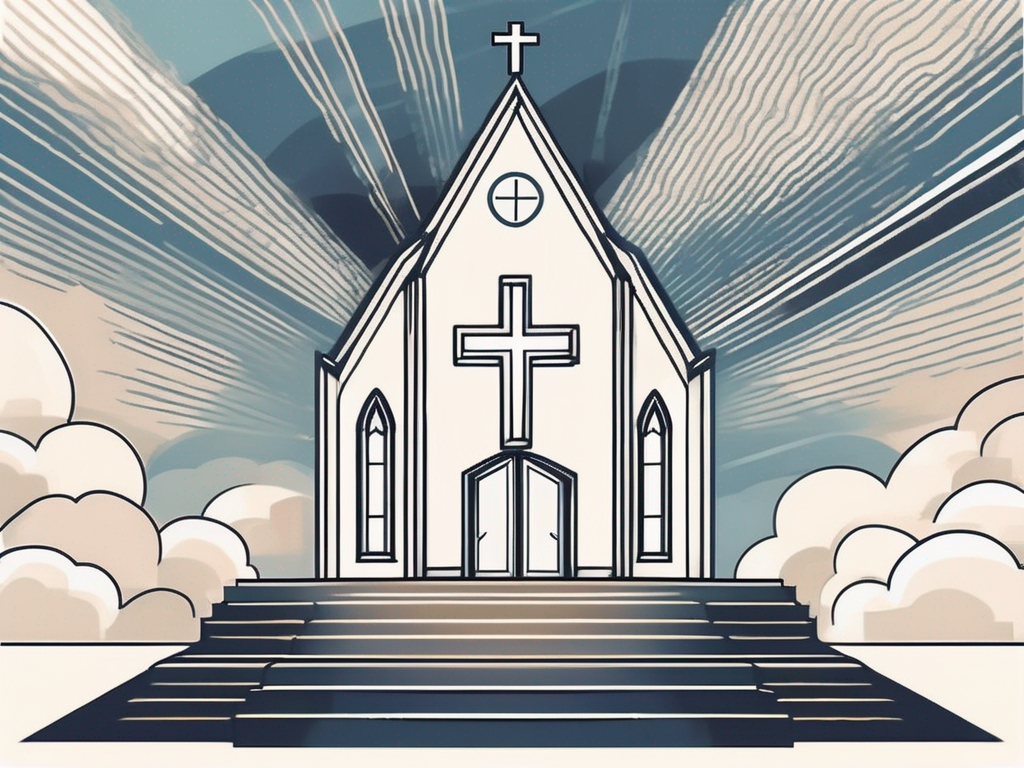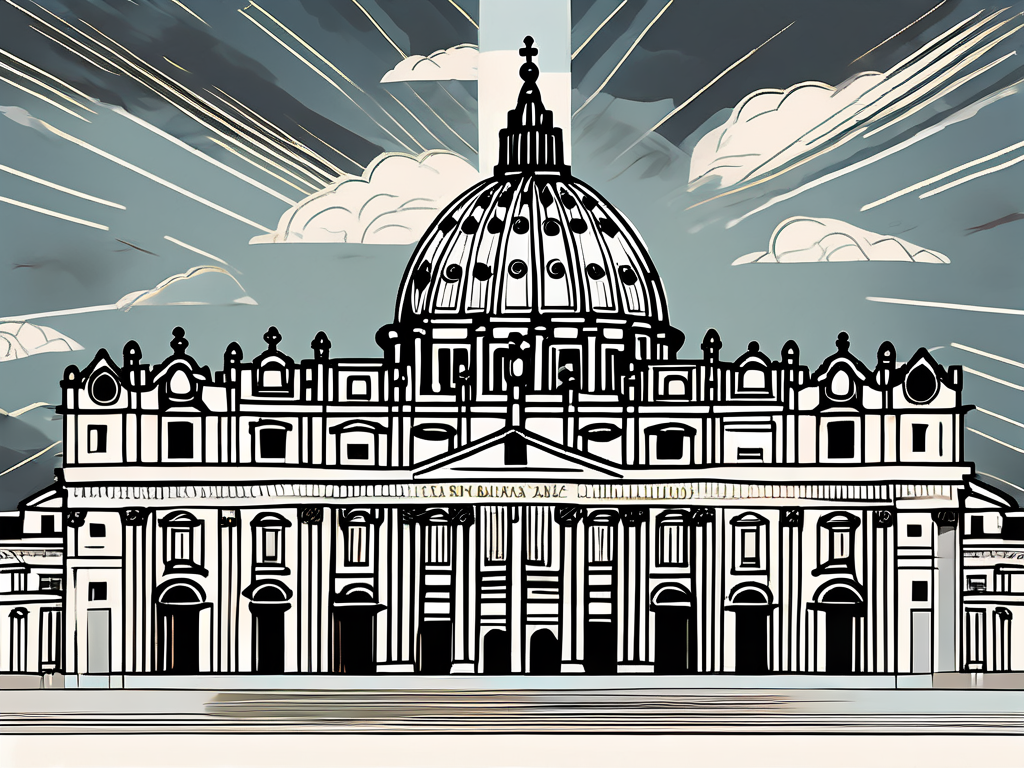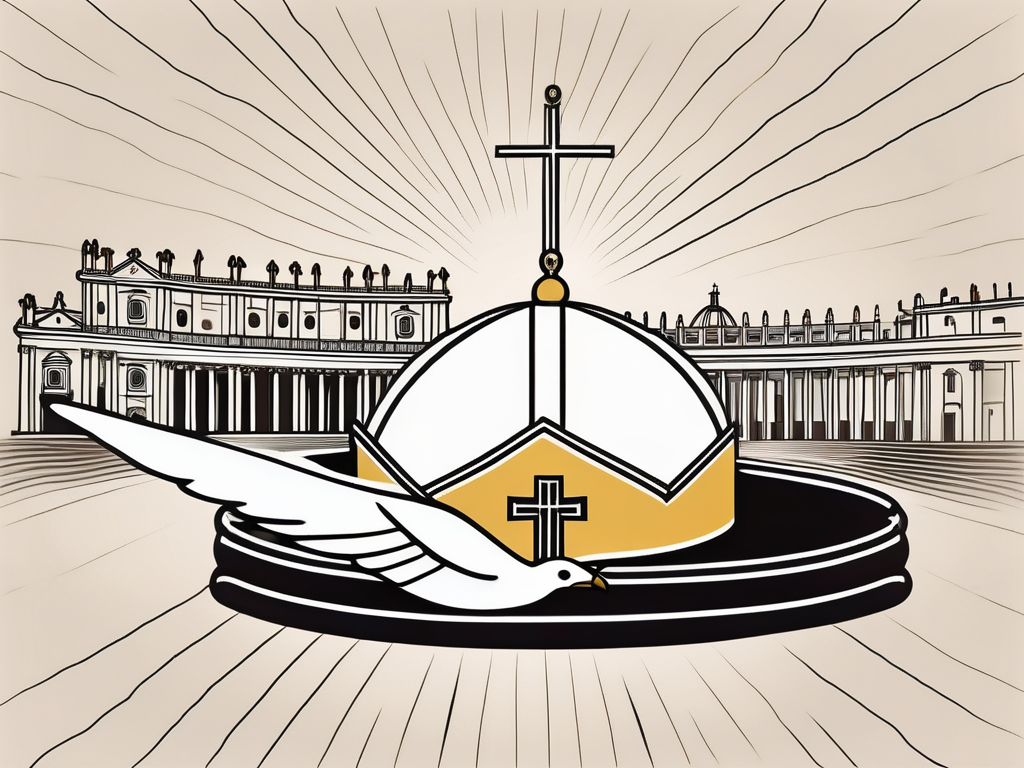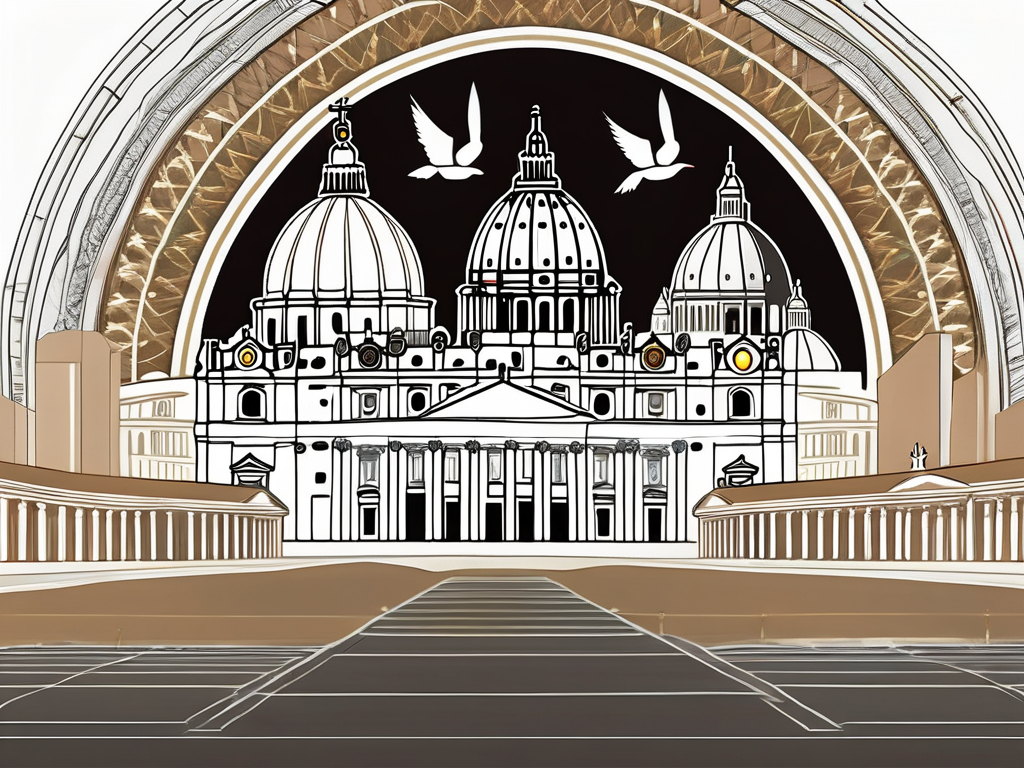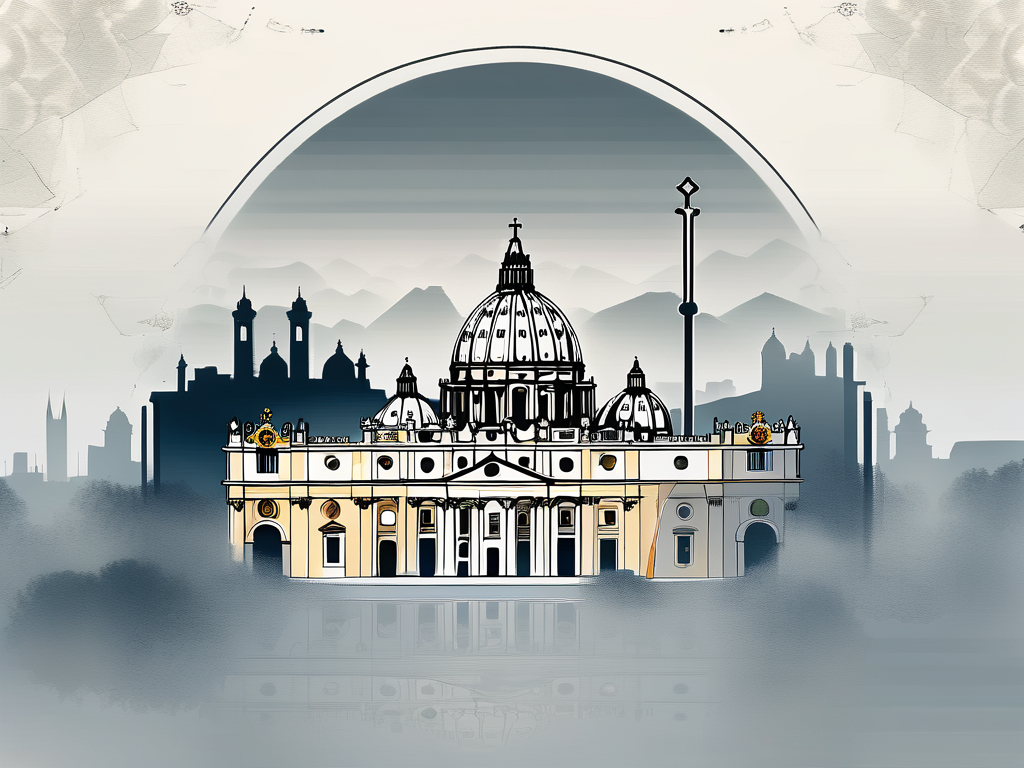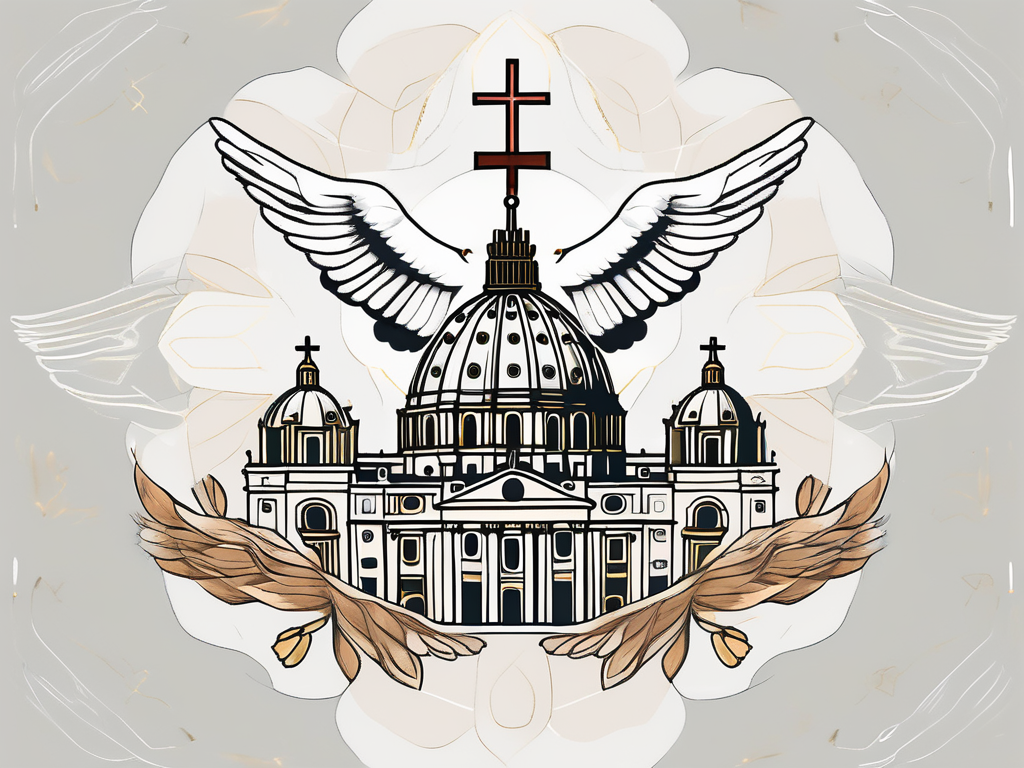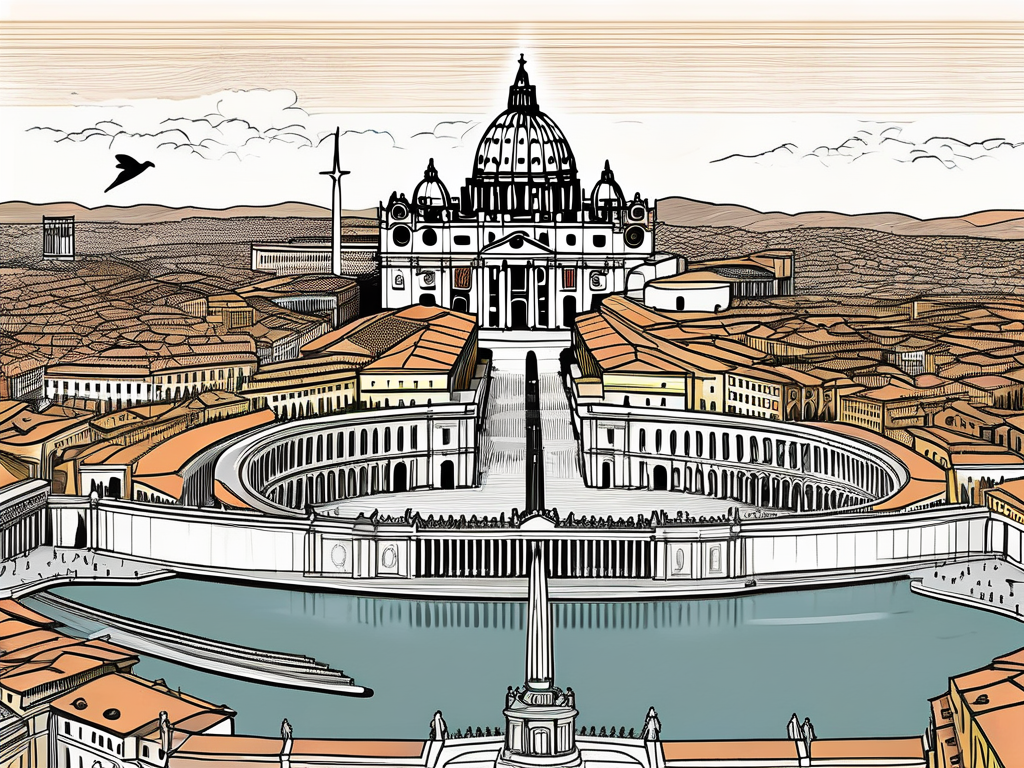Pope Boniface VIII, born Benedetto Caetani, was an influential figure in the history of the Catholic Church. His reign, which lasted from 1294 to 1303, was marked by controversy, conflicts, and significant reforms. Let’s take a closer look at the life and papacy of this enigmatic pope.
Early Life and Ascension to Papacy
Boniface VIII, whose birth name was Benedetto Caetani, was born in the year 1235, in the picturesque town of Anagni, Italy. Nestled in the hills of the Lazio region, Anagni was a place of great historical significance, known for its rich cultural heritage and deep-rooted traditions. It was within this vibrant and intellectually stimulating environment that Boniface’s journey began.
From a young age, Boniface displayed remarkable intelligence and an insatiable curiosity about the world around him. He possessed a keen intellect and a natural aptitude for theology, which set him apart from his peers. His thirst for knowledge led him to immerse himself in the study of canon law, a field that would later become his expertise.
As Boniface delved deeper into the intricacies of canon law, his reputation as a brilliant legal mind began to spread. His profound understanding of the Church’s legal framework and his unwavering commitment to justice earned him respect and admiration from his colleagues. It was clear to all who encountered him that Boniface was destined for greatness.
In the years that followed, Boniface’s ascent within the Church hierarchy was nothing short of remarkable. He held various influential positions, each one contributing to his growing reputation as a formidable force within the ecclesiastical world. His dedication to his work and his unwavering commitment to upholding the Church’s authority propelled him forward, paving the way for his ultimate rise to the papacy.
In 1294, the College of Cardinals gathered in Rome to elect a new pope. The atmosphere was charged with anticipation, as the Church stood at a critical juncture in its history. The election of a new pontiff would shape the course of the Church and its relationship with secular powers.
Amidst this backdrop of uncertainty, Boniface VIII emerged as a leading candidate for the papacy. His reputation as a staunch advocate for reform and his unwavering commitment to the Church’s authority made him a compelling choice. After a series of intense deliberations, Boniface was elected pope, assuming the name Boniface VIII.
The news of Boniface’s election spread like wildfire throughout Christendom, sparking a sense of hope and optimism among the faithful. It was widely believed that his papacy would usher in a new era of reform and spiritual renewal.
As Boniface ascended to the throne of St. Peter, he carried with him the weight of immense responsibility. The challenges that lay ahead were formidable, but Boniface was undeterred. His deep faith and unwavering determination would guide him as he embarked on a journey to shape the destiny of the Church and leave an indelible mark on history.
Boniface VIII and the Church
During his papacy, Boniface VIII implemented several reforms aimed at strengthening the Church’s power and influence. His efforts were driven by a deep conviction that the Church’s authority needed to be protected and upheld in order to maintain its spiritual and moral leadership.
One of the key issues Boniface tackled was simony, the practice of buying and selling Church positions. This corrupt practice had been a persistent problem within the Church, leading to the appointment of individuals who were more interested in personal gain than in serving the faithful. Boniface issued decrees and established strict guidelines to combat simony, ensuring that only those who were truly dedicated to their religious duties would hold positions of power within the Church.
In addition to addressing simony, Boniface also sought to tackle nepotism, the appointment of family members to influential positions. This practice had become increasingly prevalent, with powerful families using their connections to secure positions of power within the Church hierarchy. Boniface recognized the dangers of nepotism, as it often led to a concentration of power and a lack of meritocracy within the Church. He implemented measures to prevent the appointment of family members solely based on their blood ties, emphasizing the importance of qualifications and dedication to the Church’s mission.
However, Boniface’s reforms were not limited to internal Church matters. He also sought to assert the Church’s authority over secular rulers, firmly believing in the Pope’s ultimate power and spiritual guidance. This stance put him at odds with those who opposed the idea of the Pope having supremacy over kings and emperors. Boniface’s unwavering conviction in the Church’s authority led to conflicts with secular rulers, as they resisted his attempts to exert control over their affairs.
Despite the challenges and opposition he faced, Boniface VIII remained steadfast in his mission to strengthen the Church and protect its spiritual authority. His reforms had a lasting impact on the Church, setting the stage for future popes to continue the work of preserving the Church’s integrity and influence.
Controversies and Conflicts
One of the most significant conflicts Boniface faced was with the French crown. There were numerous disputes over the Pope’s authority in matters of clergy appointments and taxes. These tensions eventually led to a full-blown crisis between Boniface and King Philip IV of France.
The tension reached a breaking point in 1303 when Philip sent his troops to arrest Boniface in Anagni, his hometown. This event, known as the Outrage of Anagni, showcased the struggle between secular and religious power.
Further controversies arose when Boniface issued papal bulls, official decrees of the Pope. One of the most notable was the Unam Sanctam, in which he declared that submission to the Pope was necessary for salvation. These bold proclamations led to sharp criticism from those who disagreed.
The conflict between Boniface and the French crown was not an isolated incident. Throughout history, there have been numerous clashes between religious and secular authorities, each vying for power and control. These conflicts often arise due to differing interpretations of religious doctrine and the desire for political dominance.
In the case of Boniface and King Philip IV, the struggle for power was intensified by the complex relationship between the Church and the state. The Pope, as the spiritual leader of the Catholic Church, held immense influence over the lives of the faithful. This authority extended to matters of clergy appointments and the collection of taxes, which were often sources of contention between the Church and secular rulers.
The Outrage of Anagni was a pivotal moment in the conflict between Boniface and Philip IV. The king’s decision to send his troops to arrest the Pope in his own hometown was a direct challenge to the authority of the Church. It was a bold and audacious move that demonstrated the lengths to which secular rulers were willing to go to assert their power over the Church.
The event also highlighted the delicate balance between secular and religious power. While the Pope held significant spiritual authority, he was not immune to the reach of secular rulers. The Outrage of Anagni served as a stark reminder that even the highest religious figure could be subjected to the whims of political leaders.
In addition to the conflict with the French crown, Boniface faced criticism and opposition for his papal bulls, particularly the Unam Sanctam. This decree, which asserted the necessity of submission to the Pope for salvation, was seen by many as an overreach of authority. It sparked debates and dissent among theologians and scholars, who questioned the Pope’s right to make such sweeping declarations.
The controversy surrounding the Unam Sanctam highlighted the ongoing tension between religious doctrine and individual interpretation. It raised important questions about the role of the Pope in shaping religious beliefs and the limits of his authority. The debates that ensued were not only intellectual exercises but also reflected the broader struggle for power within the Church.
Overall, the controversies and conflicts faced by Boniface during his papacy were emblematic of the complex relationship between the Church and secular authorities. They highlighted the ongoing struggle for power and control, as well as the challenges faced by religious leaders in maintaining their authority in the face of political opposition. These conflicts continue to shape the history of the Catholic Church and serve as a reminder of the delicate balance between spiritual and secular power.
The Decline and End of Boniface’s Papacy
In his final years in power, Boniface faced growing opposition and a declining influence. He struggled to maintain control over the Papal States, faced criticisms from within the Church, and contended with rival claimants to the papacy.
Boniface passed away in 1303, leaving behind a complex legacy. Some view him as a powerful advocate for the Church’s authority, while others see him as an overly ambitious leader who overstepped his bounds.
Death and Legacy
Despite the controversies surrounding his papacy, Boniface left a lasting impact on the succession of popes. His struggle with secular rulers set the stage for future conflicts over the balance of power between the Church and state.
Ultimately, Boniface VIII’s reign was a reflection of the challenges faced by the Catholic Church during a turbulent period of history. His story serves as a reminder of the complex interplay between religious and secular powers in the medieval world.
